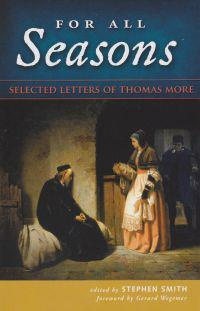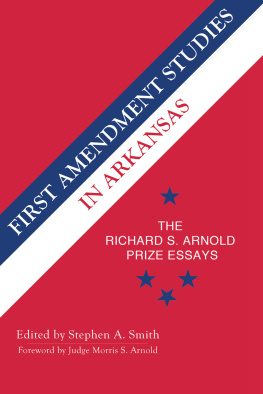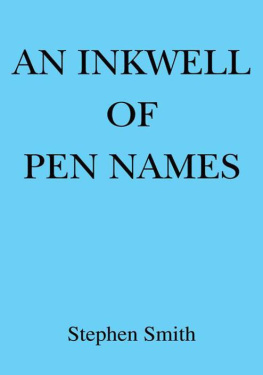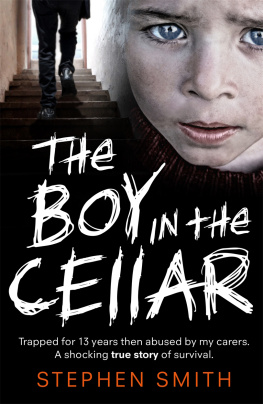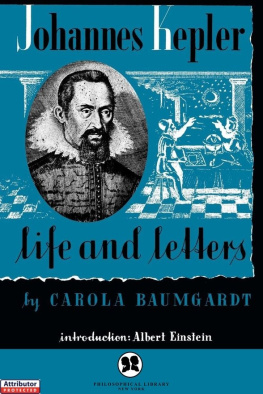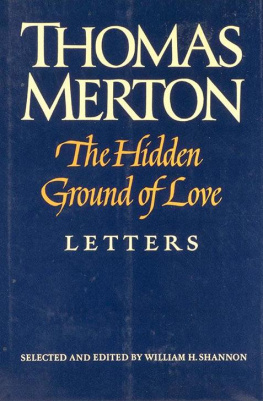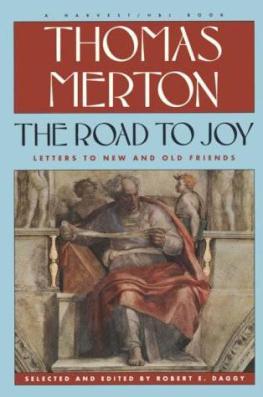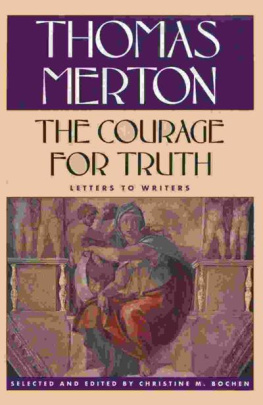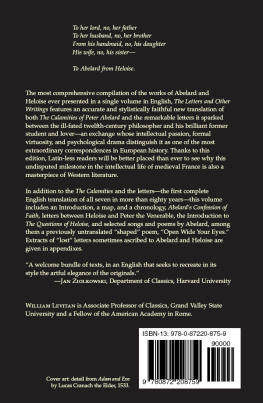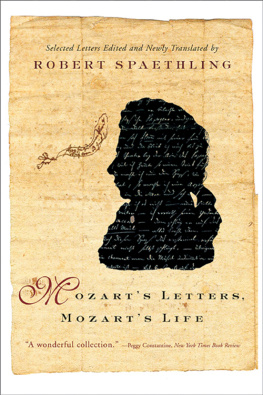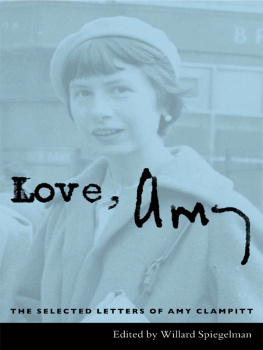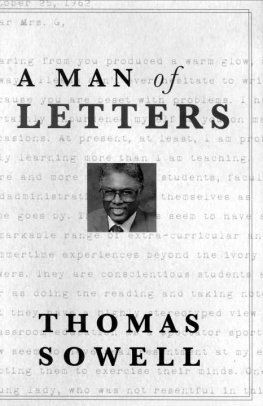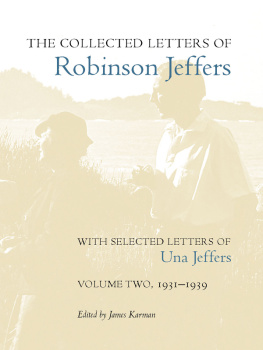FOR ALLSEASONS
Selected Letters of Thomas More
edited by
STEPHEN SMITH

Copyright 2012,Stephen Smith
Scripture textstransposed by the editor from the New and Old Testaments are taken from TheHoly Bible Revised Standard Catholic Edition 1965 and 1966 by the Division ofChristian Education of the National Council of the Churches of Christ in the United States .All rights reserved. All copyrighted material is used by permission of thecopyright owner. No part of it may be reproduced without permission in writingfrom the copyright owner.
Copyright 2012,Scepter Publishers, Inc. P.O. Box 211 , New York , N.Y. 10018 www.scepterpublishers.org
Quotations from The Life of Pico and Dialogue ofConscience are copyright of Scepter Publishers, New York , for modernized Englishtranslations.
Special thanks to YaleUniversity Press, New Haven, CT for permission to reprint letters fromElizabeth Rogers' Selected Letters of St. Thomas More (letters 1, 4, 5, 6, 9,11, 38, 43, and 44), as well as letters from the following volumes of the Yale Edition of theComplete Works of St. Thomas More: volume 3.1 (letter 4); volume 3.2 (letters5a-b and 26); volume 4 (letters 9 and 15); and volume 15 (letter 19).
Permission is alsorecognized from Marie-Claire Phelippeau, editor of Moreana, the venerable andinternational journal of Thomas More studies, and the Amici Thomae Mori to reprint ClarenceMiller's translations of letters to Francis Cranevelt (letters 35, 36, 37, 38,41, 43, 44, 45, 46, 48, 49, and 50), originally published in Moreana Vol. 31 (1994).
Paintings reproducedin this book are courtesy of the National Portrait Gallery, London , which holds copyright thereto.
Cover / text: designand composition by Rose Design
Printed in the United States of America
ISBN: 978-1-59417-163-5
CONTENTS
Acknowledgments
This collection of Thomas More's letters wouldnot have been finished without the steadfast help of many friends andcolleagues. First, I thank Gerard Wegemer, the director of the Center forThomas More Studies, for his encouragement and support of this book from thebeginning, and for his advice and friendship along the way. I would also liketo thank Dr. Virginia Townley and Hillsdale College for their support of my work,and Mark Maier, the research librarian of Hillsdale College ,for his tireless assistance in the preparation of the manuscript and his helpwith the many questions that arose during the course of this project. Thanks aswell to my research assistant, Dennis Walton, whose labors and good cheer weremuch appreciated throughout the preparation of this book; to Marissa Wolfe andMary Pawlowski at the University of Dallas for their help; to Russell Shaw forhis modernization of the Frith letter; and to the students in my first ThomasMore class here at Hillsdale, who likely do not know how much they have helpedme better understand More, his drama, and its contemporary implications andsignificance. Finally and most especially, I thank Laura and my family for theirencouragement, good cheer, and enduring love.
For permission to reprintvarious letters, I thank John Powers at Scepter Publishers, especially for themodernized texts from The Life of Pico and for the Dialogue of Conscience. I thankMarie-Claire Phelippeau, editor of Moreana , the venerable and internationaljournal of Thomas More studies, for her permission to reprint Clarence Miller'sexcellent translations of Thomas More's letters to Francis Cranevelt, and Ithank Yale University Press for their permission to reprint the translationsfor letters 1, 4, 5a-b, 7, 8, 9, 10,12, 15, 19, 26, 27a-b, 47, 53, and 54.Thanks as well to Paulist Press for the permission to reprint a selection fromtheir translation of Reginald Pole's Defense of the Unity of the Church, andto the British Library for permission to reprint an excerpt from theirtranslation of the Magna Carta. Finally, I take this opportunity to thank YaleUniversity Press for its support of Thomas More studies over the last fortyyears, and especially to congratulate it on the finished publication of The Complete Works ofSt. Thomas More (1963-1997), a labor of high scholarship anddiligence that has provided readers with an invaluable standard edition ofMores writings in English and Latin.
There is one last importantnote: In this book, Thomas Mores letters are numbered in two ways. First, theletters are numbered simply, beginning with the number one, for the presentpurposes of this book and the general reader. In most cases, there is also asecond number provided in square brackets. This second number directs theinterested reader to the scholarly texts of these letters, including theoriginal Latin, found in The Correspondence of Sir Thomas More, ed. ElizabethRogers (Princeton University Press, 1947). In the case of letters that are notin Rogers ' volume, a new number has beenassigned to each one to indicate where, approximately, the letter fits in Rogers ' chronology. So,for example, letters 35-38, written by Thomas More to Francis Cranevelt, arenow assigned the new numbers 106a, 106b, 106c, and 106d in square brackets, anumbering which places them now in order with the other letters written in1521. As is perhaps evident, an updated and comprehensive edition of all More'sextant letters, in both English and Latin, is a scholarly work greatly neededand "devoutly to be wished."
Foreword
"No likeness of More can be truer than hisown works, especially his letters"so said the great Thomas More scholarGermain Marc'hadour who saw in these letters "every facet of Moresmany-sided personality." How More developed and integrated these manyfacets of his busy family, civic, professional, and spiritual life has alwaysintrigued those coming to know this "man for all seasons," as Morewas called in his own lifetime.
More "seems to be bornand made for friendship, of which he is the sincerest and most persistentdevotee," writes Erasmus (letter 28). From Erasmus' perspective, thiscollection of letters might be subtitled: "Friendship in Action." ThatMore worked consciously and diligently to exercise true friendship is evidentfrom his earliest to his last letters, whether to his spiritual advisor Fr.John Colet or to his thirteen-year-old son John or to established professionalcolleagues such as the famous scholar Erasmus, the royal counselor Cromwell, orthe powerful King Henry VIII. More's unique combination of kindness, intimacy,and artful truth-telling is indicated in letter 52 by More's long time friendand fellow ambassador Cuthbert Tunstall, bishop of London, who honors More"from among all my friends ... on account of our intimacy and on accountof your frankness; for I know that you will be pleased at whatever good it[Tunstall's book, which he is dedicating to More] may contain, warn me of whateveris imperfect, and forgive whatever is amiss."
In letter 2, for example, Moreconfides to Fr. John Colet his ongoing struggle "to climb the narrow pathof virtue," and he thanks him for his "prudent advice,... pleasantcompany," and "powerful sermons," all of which have edified andstrengthened him away "from almost the very gates of hell." He alsoencourages Colet to return to his difficult work in London , especially since he has won thecity's trust and stirred their desire for virtue by his own integrity, i.e.,his consistency in word and deed.
In letter 39 to his children penned when away onbusiness, he teaches and encouraging them to write not just correctly but witha joyful and loving refinement. In this letter addressed to all of his children,he singles out the work of his youngest in this way:
The letterfrom my son John pleased me the best... because he seems to have given it abit more labor and study. For he not only put out his matter... in fairlypolished language, but he plays with me both pleasantly and cleverly, and turnsmy jokes on myself wittily enough. And this he does not only merrily, but withdue moderation, showing that he does not forget that he is joking with his father.... By this diligence... there is nothing in itself so insipid that you cannotseason it with grace and wit if you give a little thought to it.
Next page
